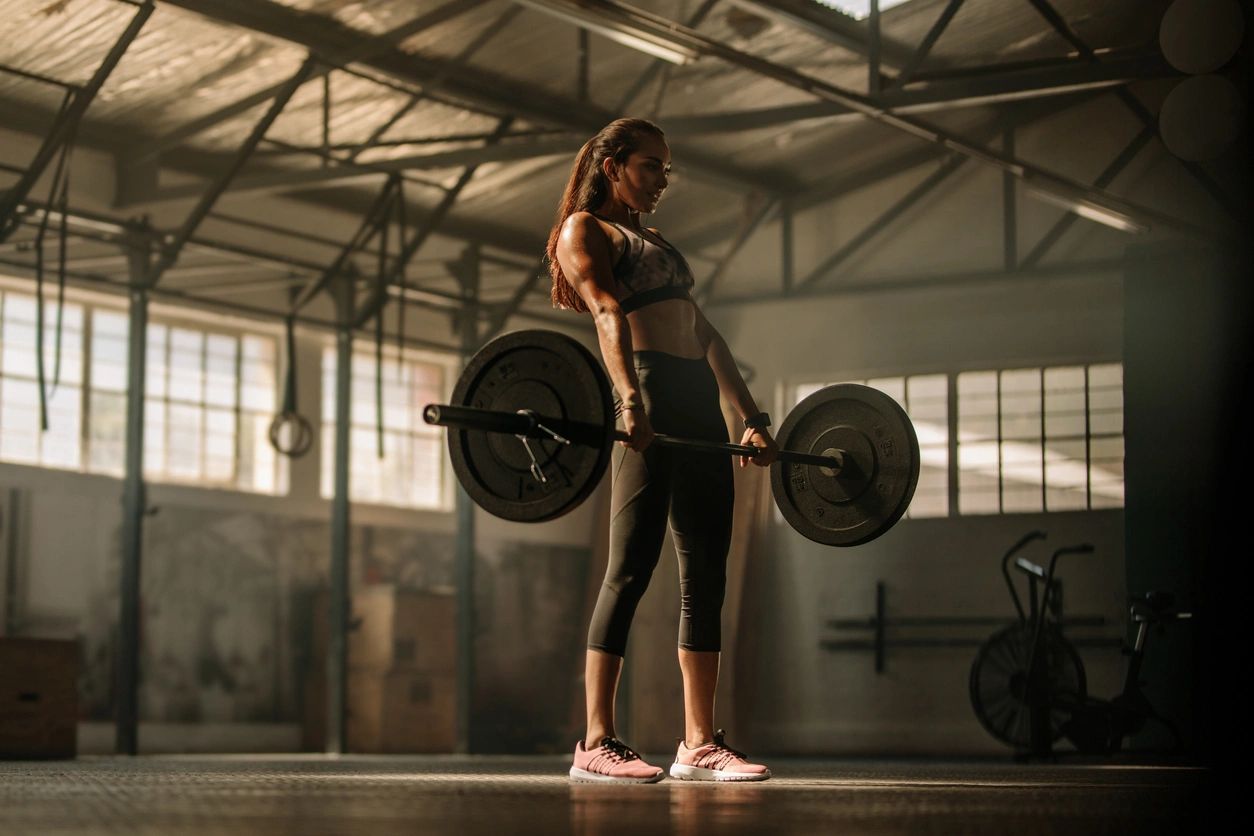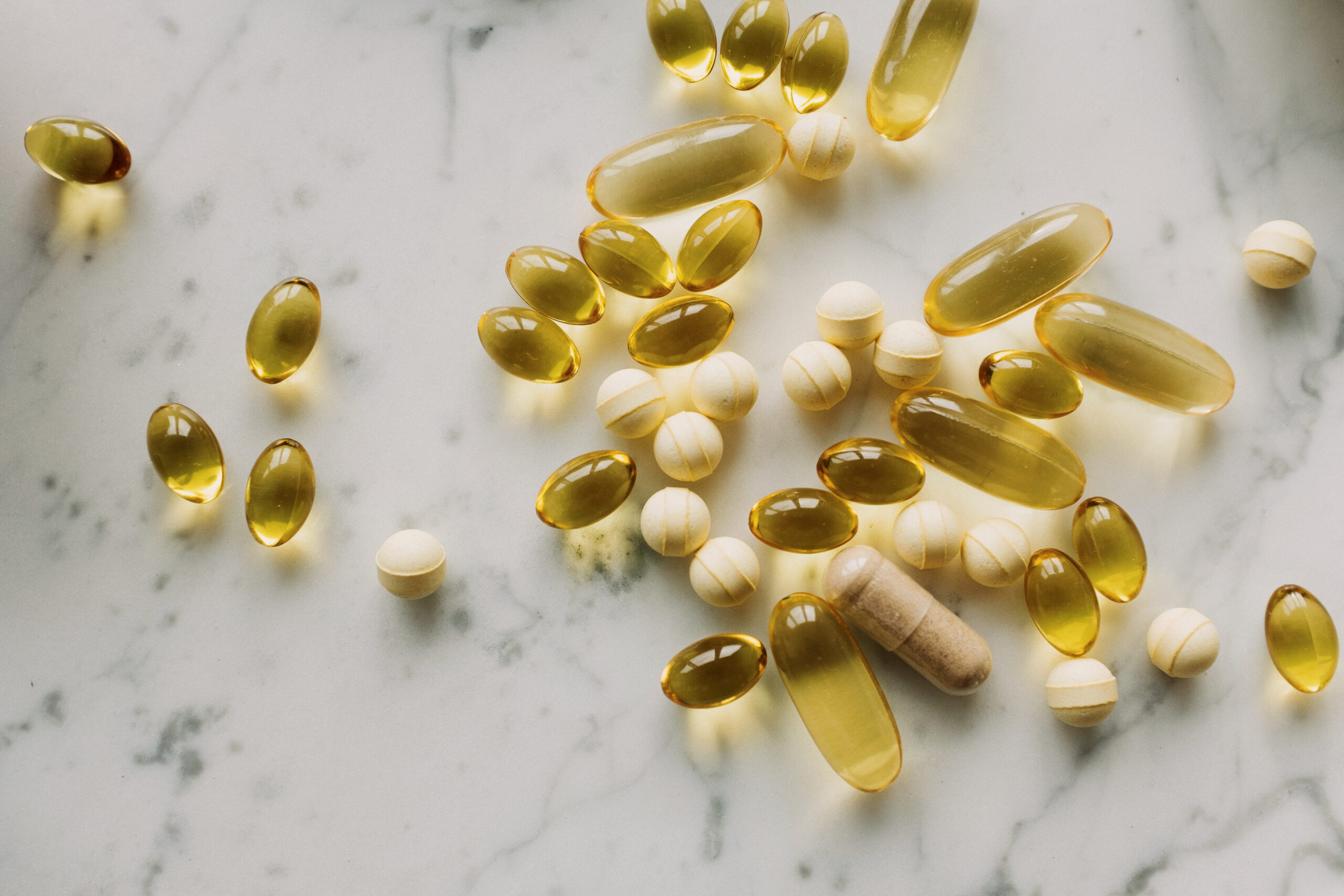
For anyone that participates in athletic training or has been through physical therapy, some phrases that might sound familiar are “strengthen your glutes”, “Turn on your glutes”, “Active your glutes”, “Your glute isn’t firing”, etc. If you are able to use the prime movers and stabilizers of your hip effectively, then you will take the strain off of the joints of your pelvis, lower back, and knee.
The reality is that a muscle is never on or off, and even for every given muscle strength is very specific. A muscle may be weak in one position and strong in another depending upon the position of your body.
It is for this reason that a lot of rehabilitation and strength training for athletic performance emphasizes strengthening the glutes. In a performance setting, this may include Weighted Hip Thrusts, sled drags, and sumo stance deadlifts. In a therapy setting, this may include exercises such as glute bridges, clamshells, and kickbacks.
When most individuals are referring to the “glutes”, the muscles specifically they are referring to are the glutes Maximus, our bodies most powerful hip extensor, as well as our Gluteus Medius, a hip abductor and internal rotator. The gluteus medius is also responsible for the stability of the pelvis during locomotion. There are, however, a number of other small muscles in the hip that support the larges glute muscles and provide both stability and motor control to the hip.
While training the glute to prevent injury and performance is a great idea, oftentimes the proper intent behind the training is lacking. The ability to use and control the hip through a full range of motion is significantly more important than being able to generate a lot of force in one exercise. Additionally, activation of the diaphragm and proper respiration builds a critical foundation for adequate hip movement and glute activation.
When training the glutes in a therapeutic or rehabilitation setting, it is more valuable to break down exercises into the joint being used and specific motion or function, rather than focus excessively on which muscles are working.
Hip Extension: Hip extension is an important move because it is used every day during walking. Each step we take requires a slight amount of hip extension. During running or sprinting, our hip demands even more extension.
If we do not have an adequate hip extension range of motion and control, then other parts of your body such as your lumbar spine with compensating by excessively extending during movement. Because the primary muscles of the hip extension are the glute and hamstring group, it is important that we have the ability to use these muscles functionally and independently of the muscles of the lower back.
Examples of exercises that will help improve hip extension include Bridge Variations, Birddogs, and lunge variations.
Hip Abduction:
Hip Abduction is when the leg travels laterally from the midline of your body. A common compensation for this movement is the lateral bending of the lumbar spine and torso.
If the hip does not have proper abduction range of motion and control, you will generally compensation by tilting your pelvis and using your obliques and lower back muscles to compensate. Over time, this can lead to overuse of the joint of the lower back and pelvis and ultimately pain.
Exercises that improve hip abduction included Sidelying clamshells, band walks, and side bridges.
Hip Rotation:
The ability to adequately internally and externally rotate your hip is one of the most important joint motions in your whole body. Not only does your ability to control hip rotation improve your performance in athletics, but it also is a great indicator of overall hip health.
Hip rotation is driven by smaller muscles of the hip such as the Gemelli group and the piriformis. Though these muscles are often stretched and massaged, they are underdeveloped and often neglected when it comes to training and therapy. Having adequate hip rotation will prevent excessive rotation of the lower back or knee during movements such as a golf swing, a tennis stroke, or a roundhouse kick.
Because in many cases, the active rotation of the hip may be minimal, it is best to train this motion through repeated hip rotation, isometric contractions, and end range holds.
Hip Stability Training:
In addition to the three movements described above, The gluteal muscles and piriformis also act to stabilize the hip during single-leg stance and gait. This is why single-leg training has tremendous benefit even beyond improving balance and are an important part of your overall glute and hip development.
Starting with timed single leg balances and progressing to eye-closed variation or standing on an unstable surface is a great starting point for single-leg training. Once you feel comfortable and stable in a single leg stance, you can begin to incorporate exercises such as single-leg RDLs or single leg plyometric variations.
Remember, if you want to perform well in the gym, on the court or on the field and keep your lower body and spine healthy, you need to train your glutes through a variety of loading patterns and planes of motion.
If you are dealing with hip, pelvic, or lower back discomfort and want some direction on how to improve your function long-term, give us a call and book an assessment with one of our physicians!


